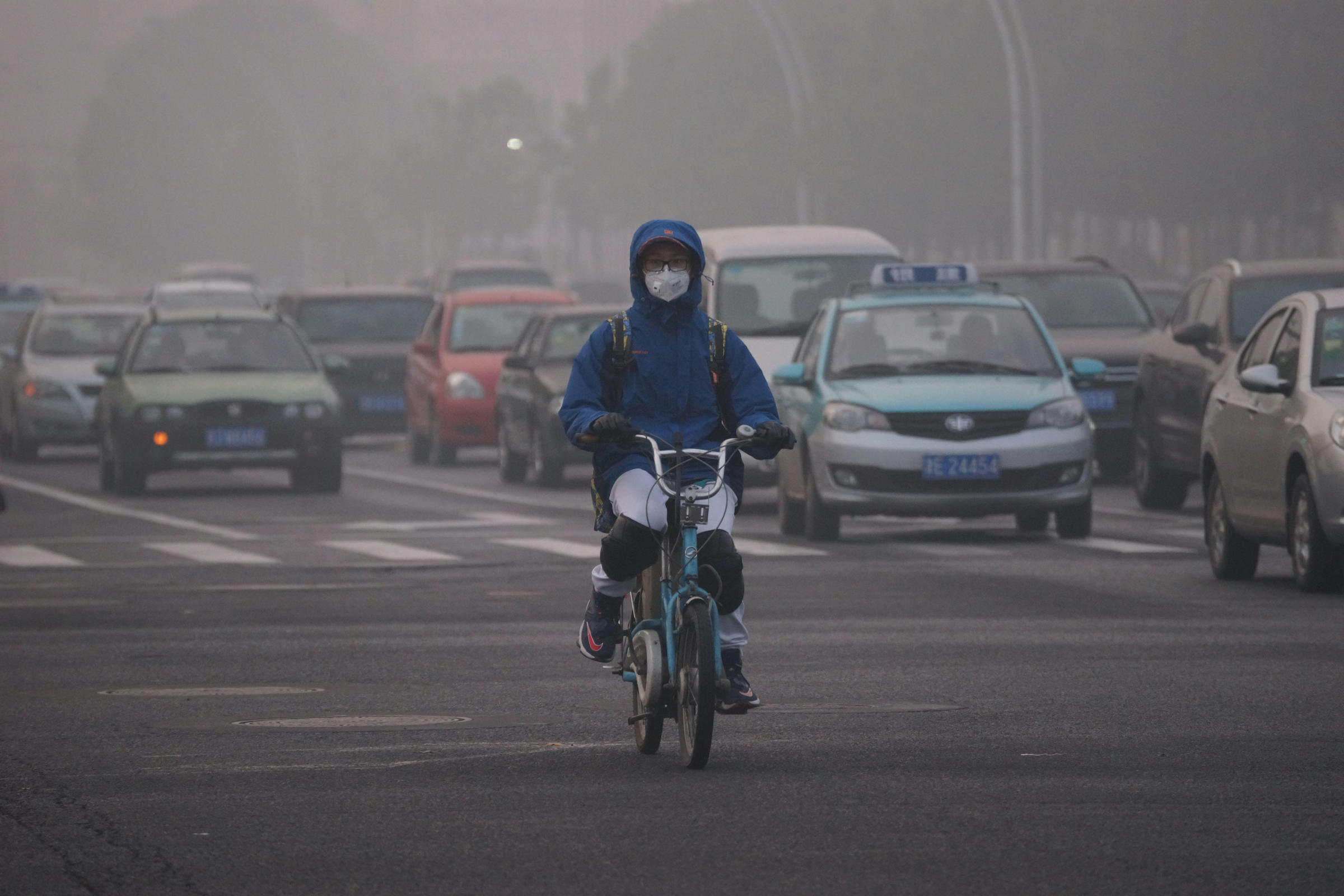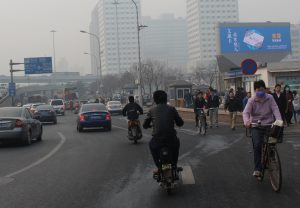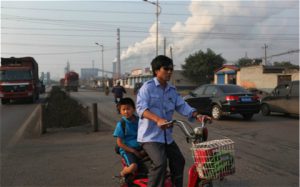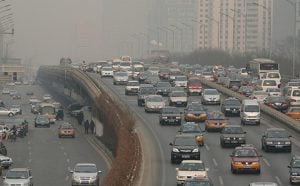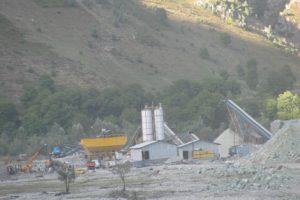Earlier this year, former San Francisco planning advisor Eugene Leong looked at the legacy of air pollution in San Francisco. Here he draws out ten key policy lessons for China's leadership.
Recognise PM2.5 pollution as a complex problem that needs long-term solutions
There are literally thousands of sources of PM2.5 pollution, many of which are not well understood. Data on the problem – for example on source characterisation and seasonal variability – are limited and significantly more scientific research is needed. The San Francisco experience suggests reducing PM2.5 levels to healthy levels will take decades (not years) of effort. Furthermore, the solution will require a comprehensive approach looking at all potential sources of the problem. It is relatively easy to control large sources of PM2.5 pollution – power plants, large industrial and manufacturing facilities – and to place more controls on cars. This will help, but it will not markedly improve the situation. Such measures are a simple first step on a long road requiring many more steps.
Accept comprehensive controls for all possible sources: large, medium and small
Whenever air quality problems come to light, the public response is to attack the most obvious culprits. Control the car numbers. Close the polluting factories, or move them out of the region. Clean up the power plants. These are all good and necessary measures, but completely inadequate when dealing with severe problems like Beijing’s PM2.5 pollution. The easiest measures usually take a decade or so to carry out, and clearly Beijing needs to regulate its industrial and manufacturing sources. This should be done as quickly and as aggressively as possible. Annual inspection and maintenance of in-use vehicles is also needed – this is commonplace in San Francisco, California and many regions of America.
After the big and obvious sources are regulated, a concerted effort is needed to control the remaining medium and small sources of PM2.5 pollution. Without reducing PM2.5 emissions from these sources, a huge part of the problem will be untouched. Even after more than 40 years of air pollution control in San Francisco, most of the current efforts continue to be directed at small and medium sources of pollution.
Make use of new technologies
Many industries lend themselves to traditional post-combustion controls. Other times, new technologies need to be developed, for example zero volatile organic compounds created by paint manufacturers. Once the problem is identified, each affected business (or industry) works on the best way to solve the problem. For medium and small sources, development of new technologies is often the most effective solution.
See that common sense is often the best solution
Not all controls require expensive technology or new technology. For small sources especially, common sense behaviours, coupled with a strong environmental ethic, are frequently the answer. In aggregate, when practiced thousands of times daily, they can have a substantial impact on a region’s cleanliness.
Mix regulation with incentives
In San Francisco a strong regulatory programme is vital for dealing with PM2.5. This approach is best used with large stationary sources or important industries, such as automobile manufacturers. However, an “iron fist” approach does not work well with medium and small sources, or when dealing with 20 million residents. The comprehensive control strategy approach used in San Francisco combined strong regulations with incentive approaches. It is also vital to encourage people to take public transport during pollution alerts and shift consumer behaviour.
Bring in tighter controls on fuel related emissions
The effectiveness of strict emission standards for cars and other motor vehicles can be limited without the proper fuels. In San Francisco, as tighter controls were placed on the various vehicles over time, it was also necessary to develop fuel specifications for the vehicles which would allow them to meet the stringent standards. The two standards – vehicular emission limits and fuel specifications – are complementary. As Beijing and China tighten emission limitations for cars, they will also need to focus eventually on establishing fuel specifications.
Introduce comprehensive vehicle controls
Private cars always draw the most attention for controls, in part because people see them as a source of the traffic congestion problem as well. However, as cars become increasingly clean, it is important to regulate all the other motor vehicle categories, including trucks, buses, motorcycles, trains. Likewise, the San Francisco and Beijing regions continue to grow in terms of population, jobs, housing and land use. Good regional and transportation planning to encourage public transit use, shorter commutes and less dependence on the private car will all be important over the long-term at reducing PM2.5 levels.
Inspect and maintain existing vehicles
New cars are relatively clean. And with ever tighter standards for cars coming onto the market, it is desirable to have the vehicle fleets turn over as quickly as possible. Realistically, however, cars stay in use for a long time. In the San Francisco region, the average lifetime of a car will typically be 8-10 years. Older cars generally pollute more because the emission standards for them is lower and with age, the car’s emission control systems become less effective. The San Francisco region requires periodic inspection and maintenance of cars in use to ensure the car’s emission controls are working properly and the autos are polluting as little as possible.
Increase public education
Many residents of the San Francisco region care deeply about protecting the air, water and land. They are willing to pay more if it leads to a more pristine environment to enjoy and raise their families in. This attitude has come from extensive efforts to inform and educate the public about the importance of environmental protection. The residents of Beijing also care about healthy PM2.5 levels. Public education and information efforts by the government and others, however, have been less extensive than in San Francisco. Comprehensive PM2.5 control strategies require everyone being involved and participating. Human activity – driving cars, using computers, buying food and clothes, or watching a movie – directly or indirectly contributes to PM2.5 emissions being generated. Since everyone is part of the problem, public engagement to involve everyone in the solution is important.
Look to the US to see how benefits to clean air far outweigh direct economic costs
America (including the San Francisco region) has often been accused of pursuing environmental protection, including air pollution controls, because it is wealthy and can afford the luxury. This is not true. Fundamentally, the efforts to pursue healthy air quality levels are because the benefits of doing so far exceed the costs of controls. Simply put, we cannot afford the costs of not controlling air pollution.
This article draws on a paper prepared for the Beijing Forum in 2013
